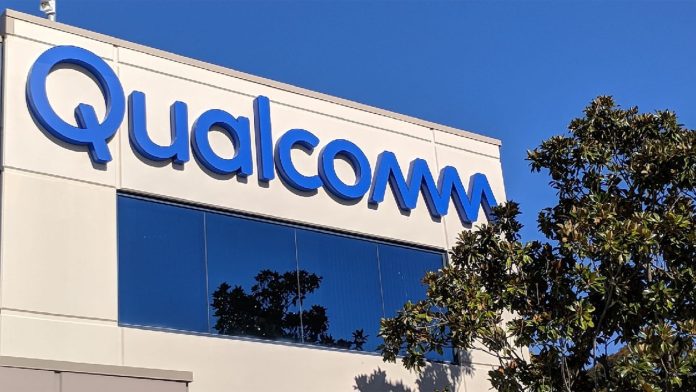Handset demand down “at a magnitude greater than we previously forecasted,” Qualcomm CEO said
Citing “further demand deterioration” in its core handset business, Qualcomm this week reported second quarter financials in line with its guidance but down 17% from the same quarter last year to $9.3 billion. The bright spot, against the backdrop of the firm’s diversification strategy, was continued growth in its automotive segment which was up 20% year-over-year to $447 million.
With regard to the handset segment, Qualcomm CEO Cristiano Amon said on an earnings call that demand was down “at a magnitude greater than we previously forecasted. As a result, we’re operating under the assumption that inventory drawdown dynamics remain a significant factor for at least the next couple of quarters.”
Amon zoomed in on the lack of an expected rebound in demand in China, and noted the challenges Qualcomm is facing are impacting the entire semiconductor industry. “As market visibility remains limited, we’re actively managing operating expenses and will continue to evaluate additional opportunities to drive greater operating efficiencies without losing sight of the automotive and IoT growth opportunities ahead.”
On consumer IoT, Amon said he was “encouraged by the positive momentum” around cellular-enabled Windows on Snapdragon PCs. He also said the company’s custom Orion CPUs, based on the acquisition of Nuvia, “is on schedule to enable commercial device launches in 2024.” For its edge networking IoT business, Amon said Qualcomm is working with Reliance Jio on its deployment of 5G-backed fixed wireless access in India. Wi-Fi 7, which also nests under the edge networking IoT business, is also moving along “with more than 175 cumulative designs across all product categories,” Amon said.
Amon also weighed in on the meteoric rise of generative AI applications like ChatGPT and Dall-E. “For these models to realize their full potential and scale, they will need to run locally on devices at the edge… Qualcomm is uniquely positioned to enable the proliferation of AI use cases on edge devices. We’re advancing AI to make core on-device capabilities ubiquitous such as perception, reasoning, action and now, content creation. With millions of AI-enabled platform shipments per year, unparalleled AI processing performance per watts in the broadest range of device categories from smartphones to PCs, automotive and IoT, Qualcomm is firmly at the forefront of this upcoming transformation.”
To this point, during Mobile World Congress in Barcelona, Qualcomm showcased on-device Stable Diffusion AI-based text-to-image generation wherein a model with more than 1 billion parameters turns text inputs into imagery fully on a Snapdragon-powered Android device.
More big picture, this plays toward Qualcomm’s thesis around the connected intelligent edge, the centrality of low-power, highly-efficient computing, and a future where all devices are connected to cloud computing resources. As Amon said, “Very large AI models are placing significant incremental demands on energy-intensive and expensive cloud computing infrastructure. As such, a hybrid AI architecture leveraging accelerating computing at the edge can offload or support cloud processing by running AI inferencing directly on the device.”

